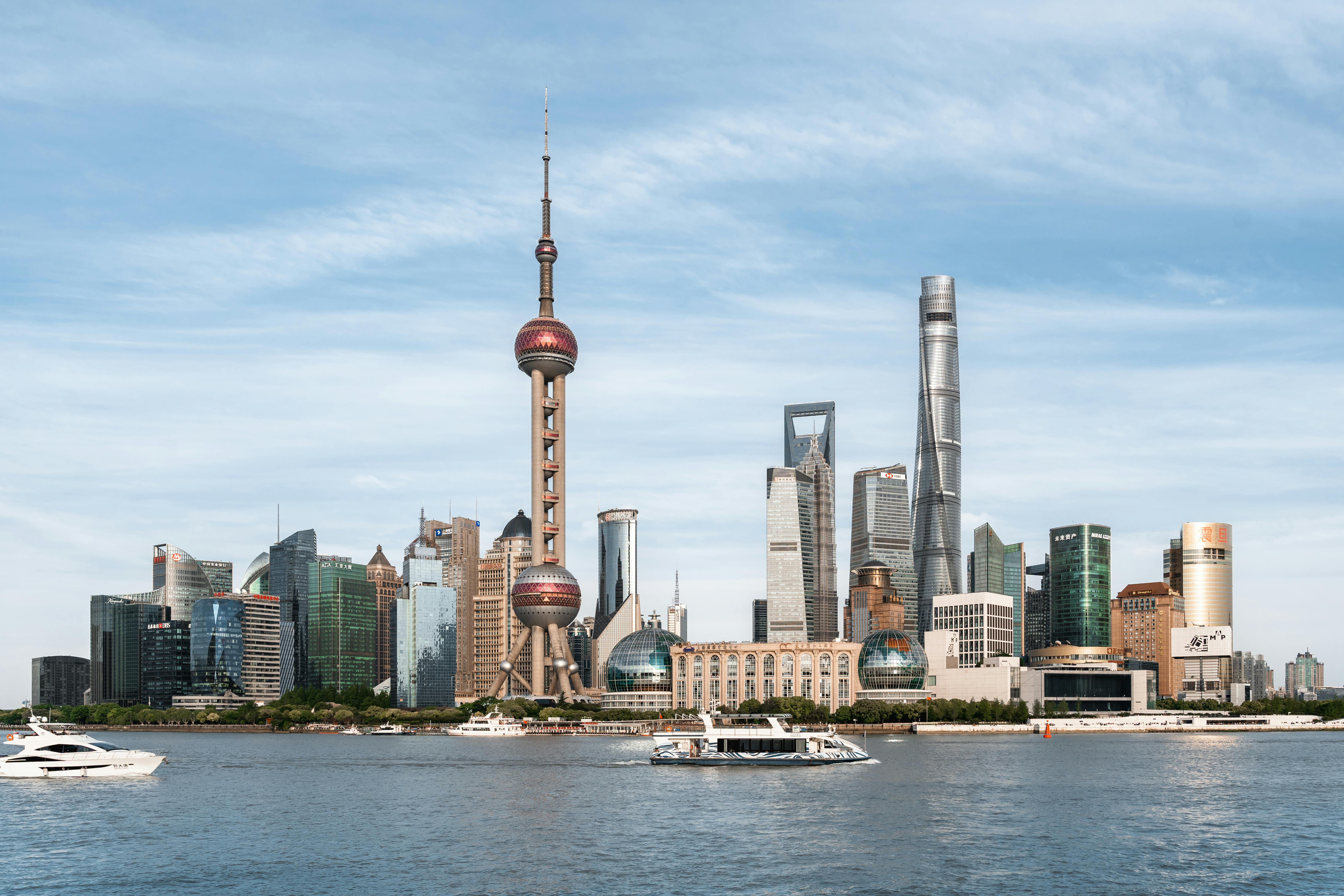Saudi Arabia is continuing to play a central role on the global stage by expanding its diplomatic and economic partnerships. Recently, the Kingdom strengthened ties with China through a series of high-level meetings and agreements focused on energy, trade, and security cooperation. This development signals Riyadh’s intention to diversify its alliances beyond traditional Western partners and reflects broader shifts in the balance of global power.
The partnership with China is not new—Beijing has long been one of the largest importers of Saudi oil—but recent years have witnessed a deepening relationship that goes far beyond energy. With geopolitical tensions rising and the global economy undergoing rapid transformation, Saudi Arabia is strategically positioning itself as a bridge between East and West.
The renewed engagement has sparked widespread discussion about its implications for international relations, regional stability, and the future of Saudi Arabia’s economic development.
Expanding Economic Cooperation
Energy remains the backbone of Saudi-Chinese relations, but new agreements highlight a move toward diversification. During the recent visit of Chinese officials to Riyadh, the two countries signed memorandums of understanding (MoUs) covering technology, infrastructure, renewable energy, and investment.
Saudi Arabia, under Vision 2030, is actively seeking to reduce its dependence on oil revenues and expand sectors like tourism, mining, and green technology. China, with its expertise in large-scale infrastructure and digital innovation, is seen as a key partner in this transformation.
Trade between the two nations has surged in the past decade, making China Saudi Arabia’s largest trading partner. The Kingdom is also exploring deeper integration with Beijing’s Belt and Road Initiative (BRI), which could enhance its role as a logistics hub connecting Asia, Africa, and Europe.
Strategic Geopolitical Implications
Saudi Arabia’s growing partnership with China comes at a time when global power dynamics are shifting. The United States remains a vital ally, particularly in security, but Riyadh’s engagement with Beijing suggests a multipolar approach to foreign policy.
Experts argue that Saudi Arabia is hedging its bets, ensuring it does not rely solely on one global power. By diversifying alliances, the Kingdom gains leverage in international negotiations and greater autonomy in shaping its future.
This balancing act was evident in Saudi Arabia’s decision to mediate between Iran and other regional actors with China’s support, signaling the Kingdom’s willingness to work with multiple global powers to stabilize the region.
Technology and Innovation Partnership
One of the most significant aspects of Saudi-Chinese cooperation is in technology. China is a global leader in 5G, artificial intelligence, and digital infrastructure, while Saudi Arabia is investing heavily in smart cities like NEOM.
Collaborations in these areas could accelerate the Kingdom’s digital transformation and position it as a leader in technological innovation in the Middle East. However, this has also raised questions in the West, particularly regarding cybersecurity and the influence of Chinese tech giants in the region.
Security and Defense Cooperation
Although economic ties dominate, there are growing discussions about defense cooperation. While Saudi Arabia continues to rely on U.S. military support, it is also exploring arms purchases and joint defense projects with China. This diversification could reshape security dynamics in the Middle East, reducing dependency on traditional allies.
Analysts warn, however, that balancing security ties with both Washington and Beijing will require careful diplomacy, as tensions between the two powers intensify.
Regional Impact
The strengthening of Saudi-Chinese relations has significant implications for the Middle East. As one of the region’s most influential nations, Saudi Arabia’s partnerships shape regional alignments. A closer relationship with China could encourage other Gulf states to follow suit, further embedding Asia’s role in Middle Eastern geopolitics.
At the same time, Riyadh continues to maintain strong ties with the U.S. and Europe, making it a central player in balancing global interests in the region.
Energy Transition and Climate Goals
China and Saudi Arabia are also cooperating on renewable energy and climate initiatives. Both countries are major energy players but face pressure to transition toward sustainable alternatives. Collaborative projects in solar, wind, and hydrogen energy align with Saudi Arabia’s Vision 2030 and global climate commitments.
By partnering with China, the Kingdom can accelerate its green energy projects while ensuring continued oil sales during the global transition period.
Global Reactions
The international community is closely watching this growing partnership. Western nations acknowledge Saudi Arabia’s sovereign right to diversify but remain wary of Beijing’s expanding influence. Meanwhile, regional powers see the partnership as an opportunity for stability and development if managed wisely.
The move underscores Saudi Arabia’s pragmatic approach to diplomacy—one that prioritizes national interests, economic growth, and regional security over ideological alignments.
FAQs
Why is Saudi Arabia strengthening ties with China?
The Kingdom seeks to diversify its alliances, expand economic opportunities, and align with China on energy, trade, and technology.
How does this affect Saudi Arabia’s relationship with the U.S.?
While the U.S. remains a key ally, Saudi Arabia is adopting a multipolar approach to diplomacy by engaging with both Washington and Beijing.
What role does Vision 2030 play in this partnership?
Vision 2030 aims to diversify the Saudi economy, and cooperation with China supports this through investments in infrastructure, technology, and renewable energy.
Will Saudi Arabia join China’s Belt and Road Initiative?
The Kingdom has expressed strong interest, given its strategic location as a global logistics hub.
Does this partnership include defense cooperation?
There are ongoing discussions, but Saudi Arabia remains cautious, balancing its security ties with both the U.S. and China.
Conclusion
Saudi Arabia’s strengthened ties with China reflect a strategic shift in global diplomacy and economic cooperation. By engaging with Beijing, Riyadh is not abandoning its traditional allies but broadening its network of partnerships to better serve its long-term goals.
This balanced approach enhances the Kingdom’s role as a key player in global politics, capable of navigating between East and West. It also positions Saudi Arabia as a bridge in an increasingly fragmented world order.
As Vision 2030 reshapes the nation, partnerships with global powers like China will be essential for ensuring economic growth, regional stability, and international relevance. The Kingdom’s message is clear: it seeks to chart an independent course that maximizes opportunities in a rapidly changing world.








